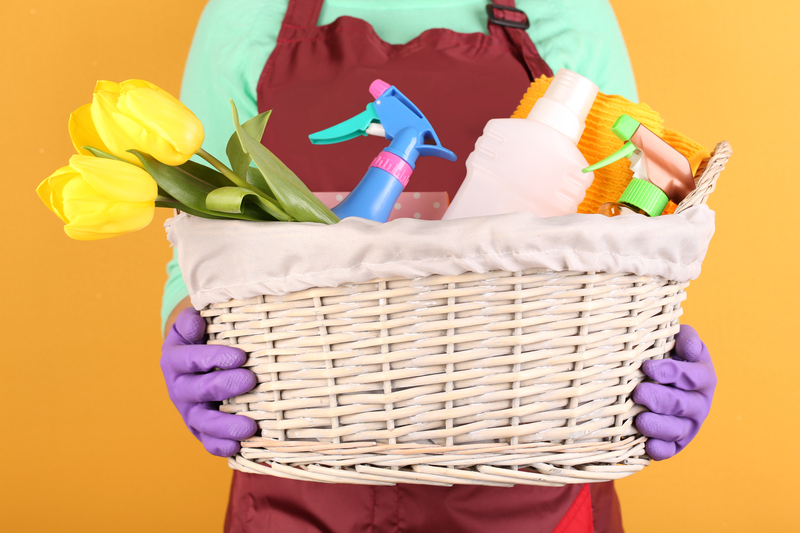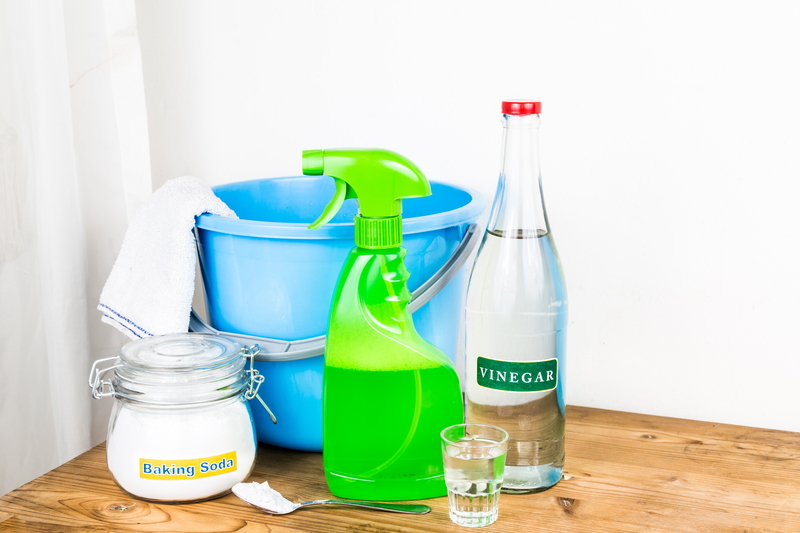Limescale Prevention Methods
Limescale is a common issue that many homeowners face, especially those living in areas with hard water. Hard water contains high levels of minerals like calcium and magnesium, which accumulate over time, forming a white, chalky substance known as limescale. This build-up can cause numerous problems, from reducing the efficiency of household appliances to clogging pipes and fixtures.
Water Softeners: A Long-Term Solution
One of the most effective methods for preventing limescale build-up is installing a water softener. These devices work by exchanging calcium and magnesium ions in hard water with sodium ions, resulting in softer water. Water softeners can significantly extend the lifespan of your plumbing system and appliances by reducing limescale formation.

Regular Cleaning: A Preventative Measure
Another way to combat limescale is through regular cleaning of your appliances and fixtures. Use a mixture of white vinegar and water to descale kettles, coffee makers, and showerheads. Soaking these items in the solution for a few hours and then scrubbing off the deposits can help maintain their efficiency and appearance.
Electromagnetic Water Conditioners
Electromagnetic water conditioners are a non-chemical option for limescale prevention. These devices attach to your plumbing system and use electromagnetic waves to alter the physical properties of the minerals in the water, reducing their ability to form limescale. This method is easy to install and maintain, making it a popular choice among homeowners.
Boiling Water: A Quick Fix
For smaller household tasks, boiling water can be an effective way to prevent limescale. By heating water to its boiling point, you can precipitate some of the calcium and magnesium out of the water, reducing the amount of limescale that forms in kettles and coffee makers.
Choosing Limescale-Resistant Fixtures
When renovating or building a new home, consider investing in limescale-resistant fixtures and appliances. Many modern products are designed with special coatings or materials that minimize limescale build-up, making them easier to clean and maintain.
Pros and Cons of Limescale Prevention Methods
Pros:
- Water softeners provide a long-term solution and improve water quality.
- Regular cleaning is cost-effective and easy to implement.
- Electromagnetic water conditioners are non-invasive and require minimal maintenance.
- Boiling water is a simple, quick method for small tasks.
- Limescale-resistant fixtures reduce maintenance efforts.
Cons:
- Water softeners can be expensive to install and require regular maintenance.
- Regular cleaning can be time-consuming.
- Electromagnetic conditioners may not be as effective in very hard water areas.
- Boiling water is not practical for large-scale prevention.
- Limescale-resistant fixtures may have limited options and higher upfront costs.
Tips for Maintaining a Limescale-Free Home
- Regularly descale appliances using a vinegar solution.
- Install a water softener or electromagnetic conditioner for long-term protection.
- Use limescale-resistant products in high-risk areas.
- Monitor and maintain your water softening and conditioning systems.

Takeaways
Preventing limescale build-up is crucial for maintaining the efficiency and longevity of your household appliances and plumbing systems. By using a combination of methods such as water softeners, regular cleaning, and choosing limescale-resistant fixtures, you can significantly reduce the impact of hard water on your home.
Conclusion
Limescale prevention is a vital aspect of home maintenance, especially in areas with hard water. By understanding the various methods available and their respective pros and cons, you can choose the best solution for your home. Regular maintenance and the right preventative measures will save you time, money, and effort in the long run, ensuring that your appliances and plumbing systems remain in top condition.



